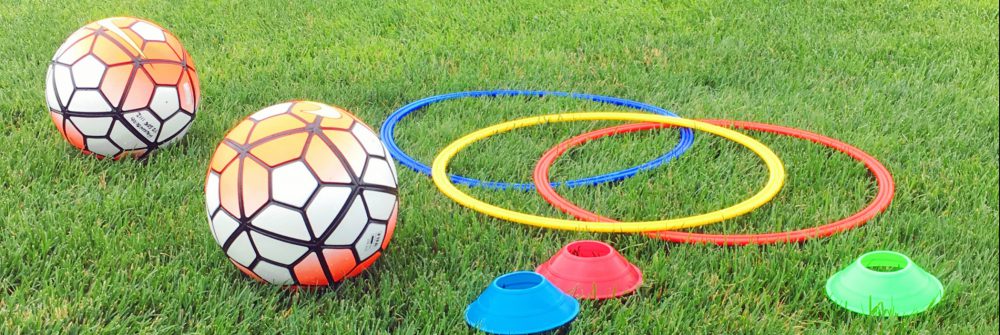The last article highlighted the difference between Meditation and Visualization and discussed helpful tips to get started with Meditation. This next in the series of Healthy Habits for youth athletes will discuss practical ways to get started with visualization techniques.
If you missed the article on Meditation, you can find that HERE.
Many young athletes aspire to excel in their chosen sport and achieve their full potential. However, they may face various challenges and obstacles along the way, such as pressure, anxiety, self-doubt, and distractions. To overcome these challenges and perform at their best, they need to train not only their physical skills but also their mental skills.
One of the most effective mental skills that can help them is visualization. Visualization is a technique that involves using the power of imagination to create a positive mental image of the desired outcome or performance. In this article, we will explore how visualization can benefit youth athletes, how to practice it correctly, and some examples of visualization exercises that can be used in different sports.
Visualization is a mental technique that involves creating a vivid, sensory-rich experience in the mind’s eye to improve athletic performance. Whether the athlete is involved in an individual or team sport, visualization is a powerful tool to promote a positive and confident mindset. Below are sone examples of when to practice visualization as well as how to get started.
An athlete can use visualization in the following ways:
- Pre-performance visualization: Before a competition or training session, an athlete can visualize themselves executing their techniques and movements correctly, experiencing a positive outcome and feeling confident.
- Imagining the competition environment: An athlete can imagine the competition environment and use it as a way to prepare mentally and emotionally for what they will experience.
- Rehearsing specific scenarios: An athlete can visualize themselves successfully executing specific strategies or scenarios that they expect to face in a competition.
- Enhancing self-belief: Visualization can also help an athlete to develop a stronger self-belief, which can enhance their confidence and overall performance.
By regularly incorporating visualization into their training regimen, athletes can increase their chances of success and achieve their desired performance outcomes.
Getting Started
The following is a process that an athlete can use to practice visualization to improve performance:
- Find a quiet, relaxed place where you will not be disturbed. Sit or lie down and close your eyes.
- Relax your body and mind by taking deep breaths. Focus on breathing slowly and deeply, and try to let go of any stress or tension you may be feeling.
- Create a vivid mental image of yourself performing at your best. Imagine every detail of the situation, including the sights, sounds, and feelings you experience.
- Visualize success by seeing, hearing and feeling yourself perform with confidence, power, and accuracy. Focus on your strengths, and feel proud of your abilities.
- Repeat the visualization several times, each time making the image more vivid, clear and realistic.
- Focus on positive feelings such as confidence, determination, and calmness. Try to associate these feelings with the performance you are visualizing.
- End the visualization by taking a few deep breaths and opening your eyes. Take a moment to reflect on the experience and how it made you feel.
- Practice visualization regularly, before and after games and practices, to reinforce the mental and emotional habits you want to develop.
By using visualization regularly and effectively, athletes can train their minds to focus on success, increase confidence, and enhance their performance.
In summary, To perform well and achieve their goals, athletes and other high achievers need to practice visualization and meditation. These are two methods that can help them to cope with stress, sharpen their focus, and boost their performance. Visualization involves creating a mental image of the event, which can increase their self-confidence and mental readiness. Meditation helps to calm the mind and lower stress levels, which can help them to remain relaxed and attentive during competition. By using both methods together, they can create a complete mental training program, which can give them an edge in performance and success.
Stay tuned for more articles on “The Secret Sauce” for youth athletes for helpful habits and routines that young athletes can incorporate into their daily lives now and for their lifetime, to achieve their goals, gain a competitive advantage and realize their potential.
